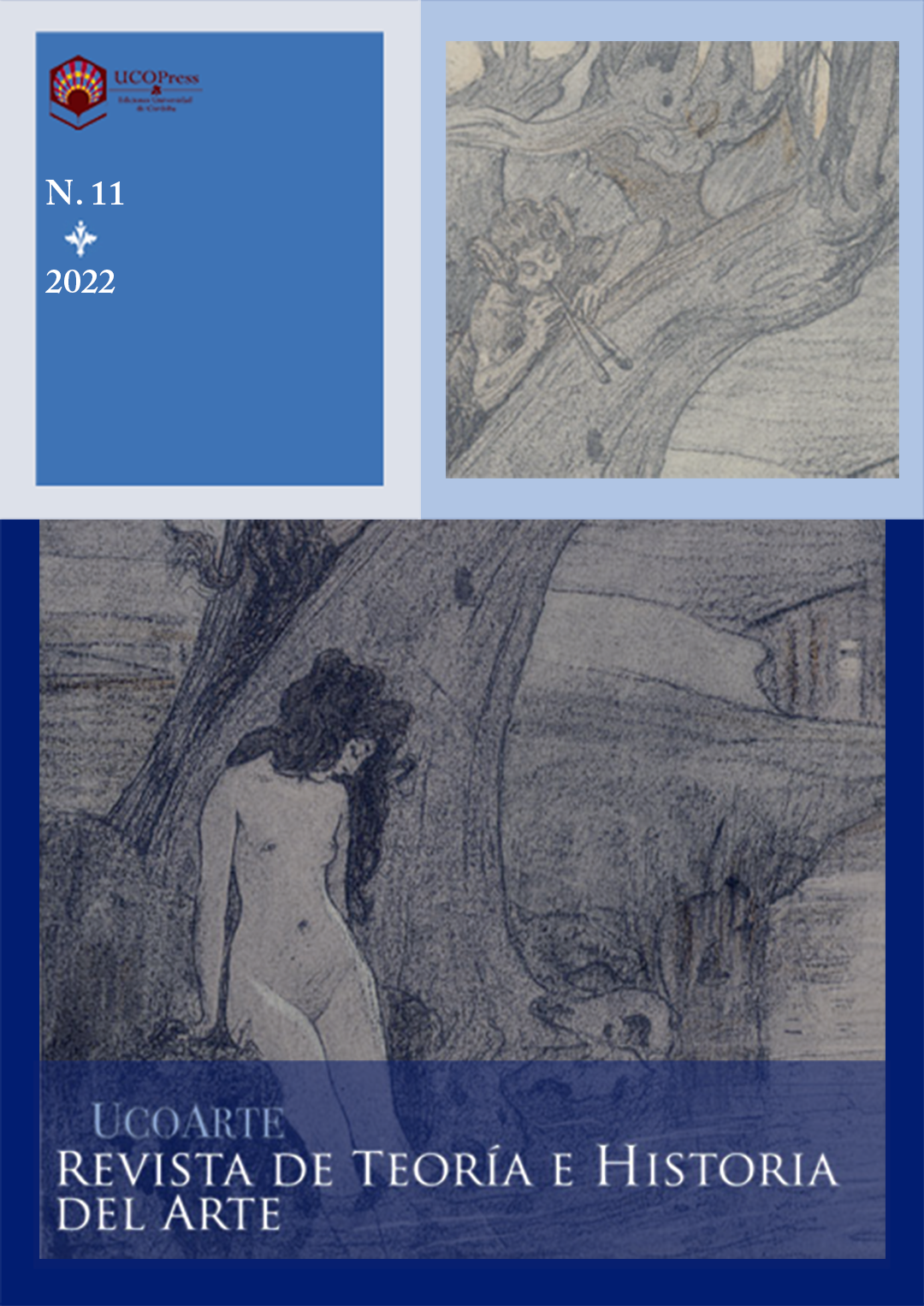The image of Andalusia and Seville in Charlie Chaplin’s Burlesque on Carmen (Charles Chaplin, 1916)
Main Article Content
Abstract
From 1915, many directors have shown us their vision of Carmen. A vision that on many occasions has been conditioned by that of the travelers and artists of the 19th century. This is the case of the earlier films, both because of their temporal proximity to the romantic movement, and because they were made at a time when the development of the cinematographic technique did not allow great boasting, and the spectacle was the priority. A good example is Chaplin's Carmen which, moreover, has the peculiarity of being a parody. The interest generated by analyzing the vision of such an important director is, therefore, doubled, since a parody carries the topic to the exaggeration. That is why I intend to make a cinematographic analysis of the image of Andalusia and Seville that emerges from this production, seeking to understand Caplin’s personal vision and his relationships with our culture, and the way it was received.





